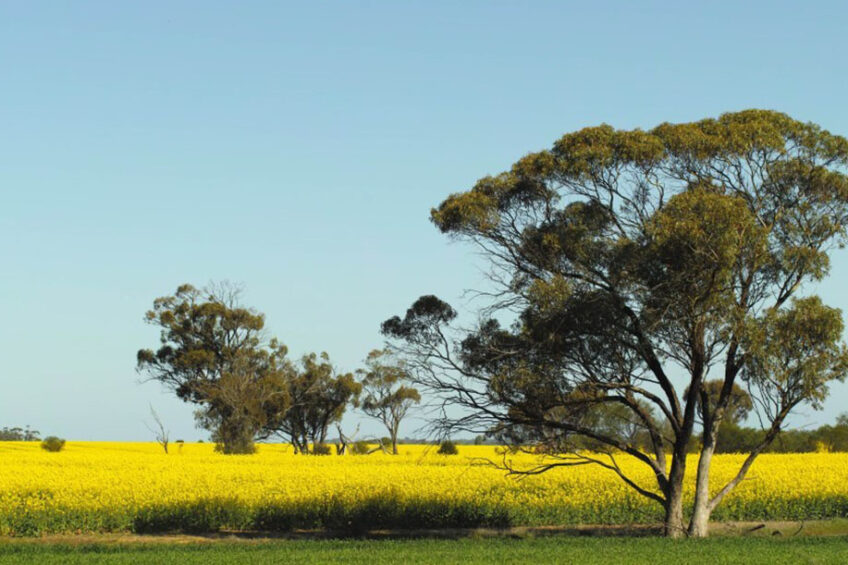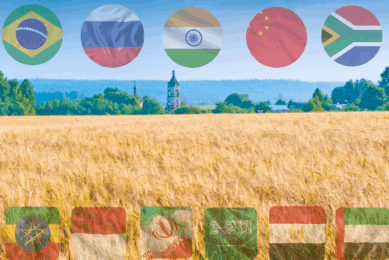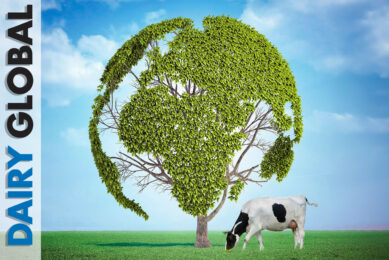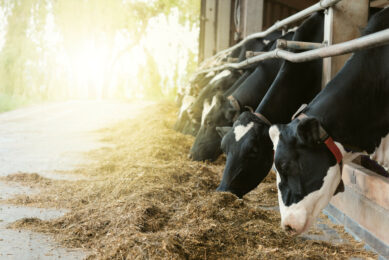Australian research leads to uptake of home-grown forages

Australian researchers are investigating forage management strategies that are resilient to climatic and economic variability. There has been a large uptake of home-grown forages because of this work.
Researchers of the C4Milk project are looking at alternative home-grown forages, combination forages, improved agronomic management and harvest techniques that reduce farmers’ reliance on purchased grains and concentrates and improve the quality and quantity of feed grown.
The C4Milk project is a joint initiative between Dairy Australia and the Queensland Government delivering research, development and extension to Queensland and northern New South Wales dairy farmers.
Over the last 6 years, the C4Milk project has developed several high-forage systems. There are currently a range of research and developmental trials being conducted as part of the C4Milk project, which are fine-tuning forage management strategies that increase pasture intake and milk response.
The C4Milk project has focused on strategies that increase the yield and quality of individual forages and how they can be incorporated into existing feeding systems on farm. There has been a large uptake of home-grown forages such as soybeans, white sorghum and lablab on farms because of this work. This has had positive outcomes for producers facing grain and concentrate price volatility as well as extreme climate variability.
Recently, C4Milk has explored forage combinations for silage, planting legume and cereal crops together to boost protein levels in silage, compared to traditional cereal crops, which have been grown for silage as a source of starch. Further harvesting and ensiling techniques have also been investigated to improve forage quality.
Soybeans
Soybeans are a legume that can be grown as a high-protein and cost-effective silage option, the researchers say. Soybeans have the highest yield (up to 14 tonnes of dry matter per hectare) and forage quality (more than 22% crude protein) potential of summer legume crops and have also been grown under dryland conditions.
The researchers found that incorporating a legume silage crop into the diet can help offset purchased protein concentrates and provide a good balance of protein and fibre to supplement the diet. “Soybeans can not only produce high-quality feed, but also provide benefits to the cropping system by acting as a break crop and returning nutrients to the soil,” according to the team.
The challenge of producing high-quality soybean silage in northern Australia is managing harvesting time and technique, as wet humid summer months can make drying down difficult. In subtropical conditions, the C4Milk team recommends harvesting at mid pod fill with a swather, allowing a dry down period of 24-48 hours to achieve 35% dry matter before chopping to a short chop length.
Headlage
Grain sorghum has become an increasingly popular crop grown for silage and headlage in Australia. Headlage is a product like silage; however, the sorghum plant is harvested from the first leaf at the top of the plant (consisting mainly of the sorghum grain head) and then ensiled.
White sorghum has taken a strong foothold in the dairy fodder systems as research conducted as part of C4Milk has found it improved starch availability and digestibility characteristics compared to other sorghum varieties. Headlage provides a cheaper starch alternative to purchased grain and as a forage. The lower fibre levels of headlage make it a more efficient energy source as it reduces rumen fill.
As grain sorghum is a hardy and drought-tolerant crop, it has been included in summer plantings during periods of low rainfall and irrigation water shortages. It has improved margin over feed costs when grain prices have been high. Grain sorghum is a ratooning crop, where multiple harvests can occur, maximising yield.
Forage crop combinations
The C4Milk team found that high-chop corn is a higher-quality alternative to standard corn silage. High-chopped corn silage refers to corn that is harvested approximately 40 cm from the base of the plant, as opposed to the traditional chopping height of 15cm. This method creates higher concentrations of starch (41.7% DM versus 38.7% DM) and reduced amounts of woody fibrous stem, therefore reducing silage-neutral detergent fibre content.
With lower fibre levels, cows can consume greater amounts of higher-quality feed, resulting in greater milk production. Although adjusting the harvesting height does improve silage quality and intake rates, yield is compromised by up to 1.5 tonnes of dry matter per hectare. “The balance of quality and quantity needs to be assessed by the producer,” the researchers point out.
The C4Milk project has trialled numerous summer and winter forage crop combinations, with winter combinations of cereals and legumes such as barley and oats combined with peas and vetch showing wide adoption by producers. Less common winter monocultures such as faba beans, canola and lupins are also crops currently being trialled. They are showing strong potential in producing-high yielding, high-quality silage.
Join 13,000+ subscribers
Subscribe to our newsletter to stay updated about all the need-to-know content in the dairy sector, two times a week.










